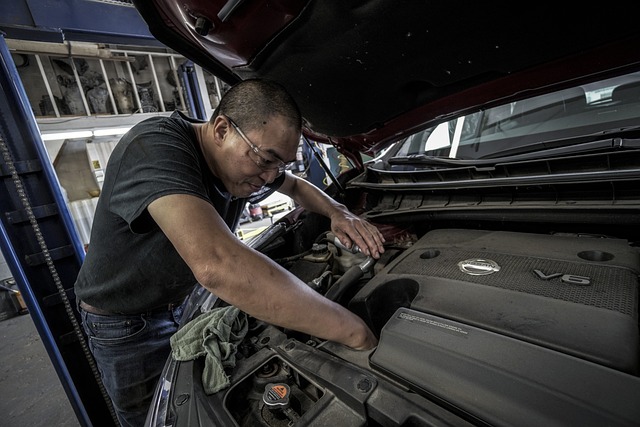Tips For Making Sure Your Car Service Runs Smoothly
Your vehicle represents one of the second-biggest investments you will make (after purchasing a home). By following these tips, it will help protect it and save you money in the long run.
Be sure to regularly refer back to your owner’s manual and monitor your odometer, especially with modern cars that feature dashboard indicators to notify when maintenance needs to be performed. Ignoring these warning lights could result in costly repair bills in the future.
Investing in a premium British car service will provide the necessary expertise, tools, and parts to keep your vehicle on the road.
Check Your Tires
Your tires connect your car to the road, so they must remain in top condition. One easy way to ensure this happens is by regularly checking their air pressure – this can help even out wear and save you money in the long run!
To check tire pressure, remove the valve cap and use a gauge to take readings of each tire’s current pressure (in psi). Referring to your car manual’s recommended setting (minus three psi for recently driven on tires).
Always monitor the tread depth on your tires regularly. Most tires contain tread wear indicators at their base grooves; when these become flush with the rest of the tread, it may be time for replacement tires. Furthermore, make sure that they’re rotated periodically so they last as long as possible.
Check Your Oil
Checking your oil levels regularly is one of the most essential forms of maintenance you can provide your car. Not only is it necessary to keep its engine running, but low levels could lead to engine failure or expensive repair bills if left untreated.
Checking your oil can be a straightforward process. Just pull out the dipstick, wipe it clean with a cloth or paper towel, and read its indicator lines – ideally, it should be at or near the top line and appear clear in color.
Reinserting the stick should help restore power to your car. Regular oil checks should be conducted, particularly before embarking on long trips; don’t forget to change it every three or four fill-ups!
Check Your Brakes
Your brakes are essential in keeping you and your passengers safe on the roads, enabling you to stop quickly in an emergency situation. So it is crucial that they are regularly examined to ensure they remain in top shape.
Most brakes come equipped with an indicator to alert you when their wear has worn down and replacement is necessary. This typically sounds off with an audible high-pitched squeal that signal that it’s time for service on your brakes.
Signs that your brakes need attention may include slow stop-and-go acceleration or feeling your brake pedal as spongy; additionally, it is wise to listen closely for grinding noises or any strong smells while driving on rough roads; these could indicate they’ve overheated and need cooling off to prevent further damage being done to them.
Check Your Tire Pressure
Maintaining proper tire pressure is critical to the health of your tires, fuel economy, and safety on the road. Properly maintaining tire pressure helps prevent premature tire wear as well as increase handling, stopping distance and braking efficiency. To monitor tire pressure accurately, purchase and use a quality tire gauge on each wheel, then compare this reading against what is recommended in your vehicle handbook for PSI levels. If the reading exceeds what’s desired then press in on the valve to release air and repeat until the pressure matches up then add air as necessary (using an air compressor at gas station if necessary) before replacing cap on each wheel and repeat until the reading matches your desired PSI reading before adding air as required then using the quality gauge on each wheel and replace valve cap afterward.
Each car manufacturer provides their own recommended tire pressure settings, typically printed on the door jamb sticker of newer cars or in your owner’s manual. Most tires also provide separate pressure settings for front and rear tires. Furthermore, remember that temperature will cause your tires to lose or gain 1 PSI every 10 degrees!

Rob Teitelman is an avid blogger and digital marketing enthusiast with years of experience creating content for businesses and brands. His work has been published on major publications and blogs across North America, covering a variety of niches from tech to real estate. Recreational guitarist, amateur photographer and avid fan of all things technology and gadgets.

